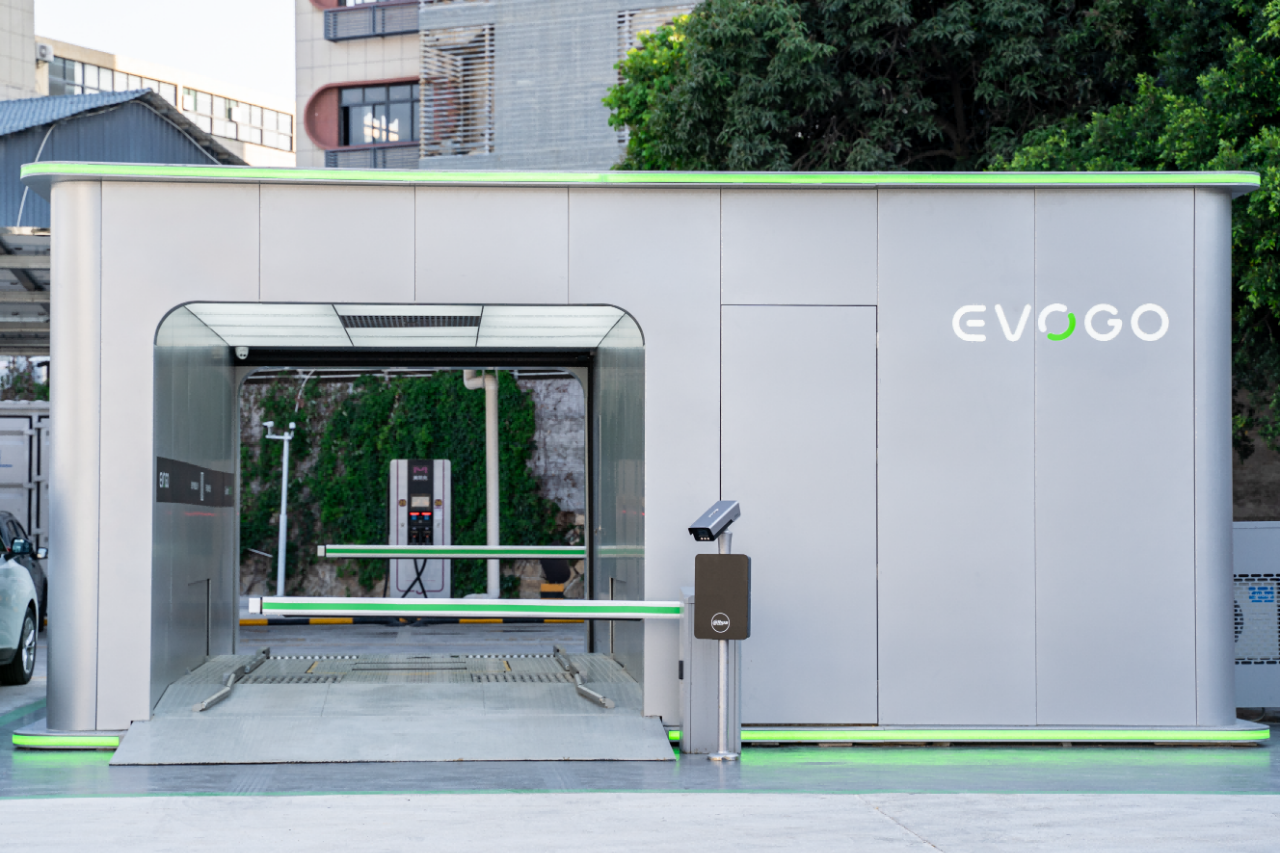Authors | Kaikai Qiu, Lingfang Wang
Editors | Kaikai Qiu
Ningde Times’ battery swap has finally arrived.
On April 18th, Ningde Times announced the official launch of the EVOGO battery swap service in Xiamen, making it the first small green circular city. The first batch of four quick swap stations are located in the Siming District, Huli District, and Haicang District of Xiamen. It is expected that by the end of this year, 30 quick swap stations will be built in Xiamen. There will be one quick swap station every 3 kilometers on the island of Xiamen.
Ningde Times’ latest announcement is different from the previous battery swap plan announcement as it has disclosed the monthly rental prices of battery swap blocks and the description of quick swap station service prices:
- The rental price of the chocolate battery swap block is as low as 399 yuan/piece per month. The rental price will be dynamically adjusted according to the user’s different usage conditions.
- The service price of the quick swap station is equivalent to that of the fast charging station and will be dynamically adjusted according to factors such as location and time.
“For the ultimate solution for vehicles priced between 80,000 and 120,000 yuan, the chocolate battery swap will be the answer.”
On February 15, the chairman of Ningde Times, Yuqun Zeng, the secretary of the board of directors cum deputy general manager, Li Jiang, and the CFO, Shuyi Zheng, and other executives were interviewed by investment institutions. They expressed significant expectations of battery swap because it can make the initial cost of purchasing a new energy vehicle (excluding the battery) lower than that of internal combustion engine vehicles, and the speed of battery swap is equal to that of refueling petrol vehicles, solving the problem of cost-effectiveness.
Currently, Ningde Times’ quick swap model is primarily applied to operating vehicles. A Xiamen operator who purchased the Ningde Times battery swap vehicle for fleet operation expressed that the pricing strategy of Ningde Times is very cost-effective for operators and drivers. “We have already put 100 cars on the road in Xiamen, and plan to reach 3,000 cars this year.”
Battery swap vehicles have subverted the way electric vehicles are consumed. Ningde Times’ battery swap vehicles’ consumption and use in Xiamen can be divided into three steps:
- The first step: The vehicle purchaser, a ride-hailing company, purchases the vehicle by separating the battery and the car, i.e., purchasing vehicles without batteries.
- The second step: The operator signs a battery lease agreement with Time Service to obtain the right to use the battery.
- The third step: The operator hires drivers who can go to the Ningde Times Power Service exchange station to exchange batteries. Payment is made based on the actual amount of electricity consumed.
Is this method of purchasing and using electric vehicles more cost-effective than petrol vehicles? We need to do the math.
According to public information, the first car model equipped with Ningde Times’ chocolate battery is the P7 GTE from Bestune, a 5-seater MPV with a market price of between 140,000 and 150,000 yuan.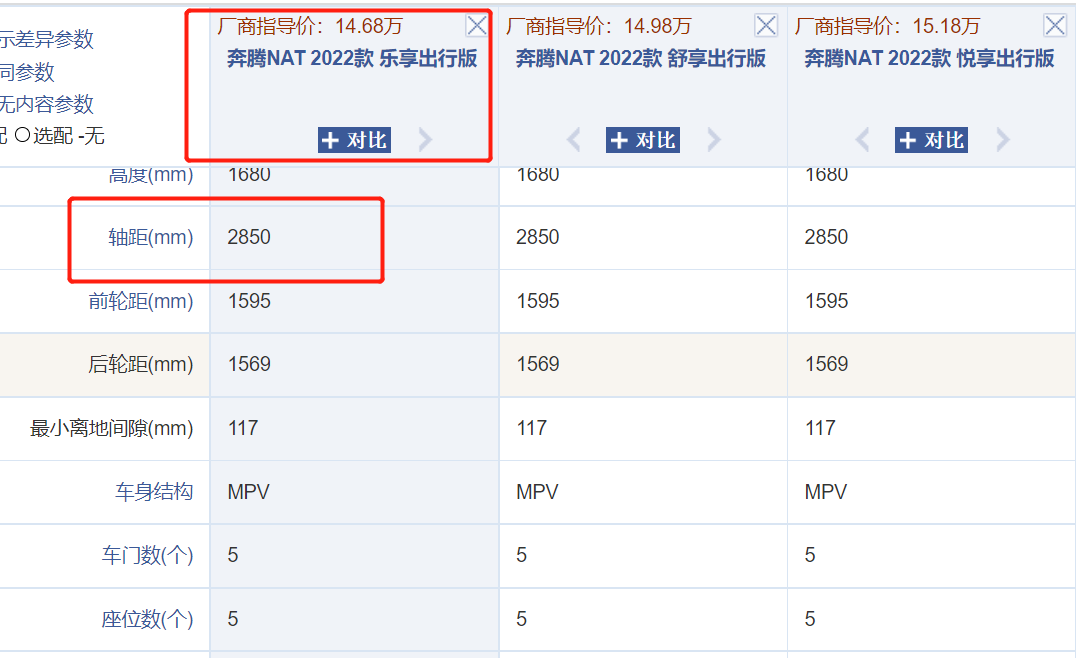
“The Electric Vehicle Observer” selected a seven-seat MPV gasoline car, the Baojun 730, with a similar wheelbase as the benchmark vehicle.
According to the testing evaluation by “Autohome,” the average fuel consumption of this model is about 8.2L/100km.
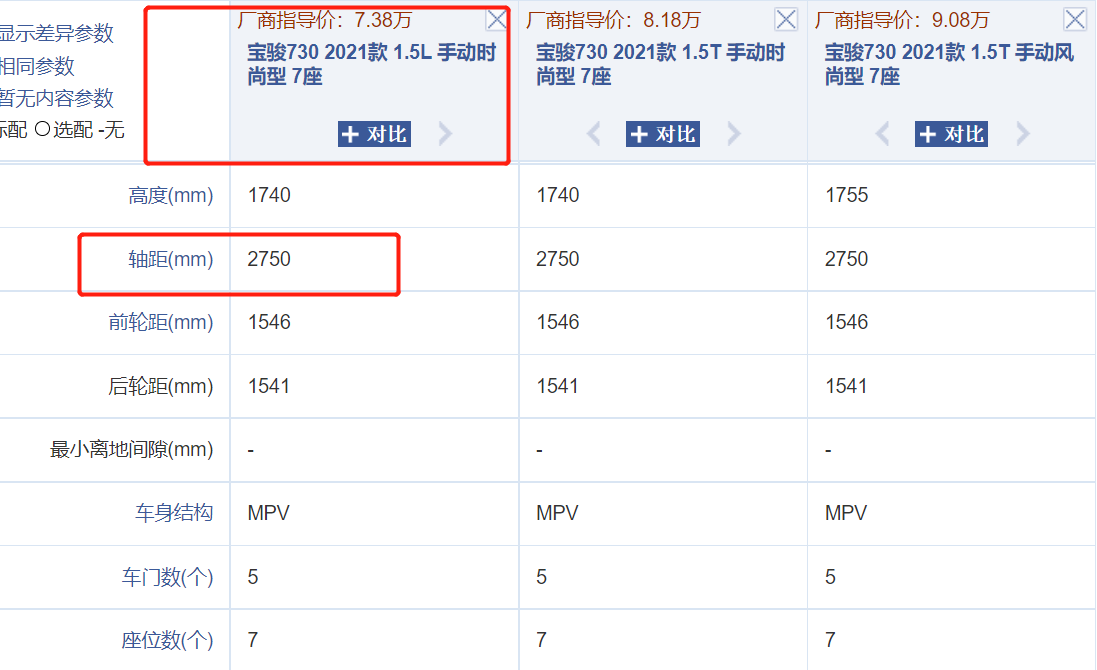
Let’s first take a look at the purchase price.
Although the manufacturer’s suggested price of the Benty NAT is over 140,000 yuan, this includes the price of the battery. If a car-battery separation model is adopted, the price would be much lower.
“According to industry insiders, the Benty NAT Ningde Times Quick Change Edition’s price can be reduced by 70,000 to 80,000 yuan. It can be roughly estimated that the selling price is around 60,000 to 70,000 yuan.”
Now let’s take a look at energy consumption prices.
According to the data provided by Ningde Times, the Benty NAT battery-replacement version will be equipped with two chocolate batteries. The single-battery capacity is 26.5 kWh. Therefore, the capacity of the vehicle is 53 kWh, with a range of 400 kilometers and an energy consumption of about 13.25 kWh/100 km.
Based on the information disclosed by Ningde Times that “the service price of the fast swapping station is equivalent to fast charging,” combined with the current charging price, the replacement fee for the battery can be approximately 1 yuan/kWh.
Combined with the current gasoline price, and using 300 kilometers of daily travel distance as the standard for operating vehicles, the comprehensive cost-effectiveness of the two models during the purchase and use process can be calculated.
The cost-effectiveness of the two cars is shown in the table below:
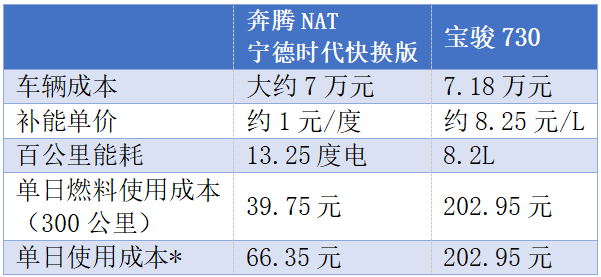
It can be seen that on the basis of similar vehicle costs, the single-day energy consumption cost of the Benty NAT Ningde Times Fast Replacement Version is around 40 yuan, and when the battery rental fee is included, the daily usage cost is 66 yuan. The Baojun 730 would require over 200 yuan, and the comprehensive cost-effectiveness advantage is very significant.
The operator of the Benty NAT told “The Electric Vehicle Observer” that they believe this model is still very cost-effective.Firstly, it is cost-effective for drivers. For one, they can rent the vehicles to operate at a price of 3900 yuan/month, which includes the rental cost of two batteries. Drivers only need to pay for the battery replacement cost, which is approximately more than 40 yuan per day.
Taking Xiamen as an example, the local fast charging adopts the peak-valley pricing. Drivers can choose to replace batteries during the discounted period, which can greatly save costs.
Secondly, compared to charging electric vehicles, battery swapping saves drivers time costs. After all, charging vehicles need to spend an extra one to two hours charging time per day in addition to waiting in line. Battery swapping completely compares to refueling, greatly reducing the burden on drivers.
In addition, it is also cost-effective for vehicle operating companies. This is reflected in two aspects: first, the vehicles purchased by operating companies do not have batteries, which can reduce the purchase price and save a large amount of insurance costs, significantly reducing investment costs; second, due to battery swapping, there is no need to consider the problem of battery capacity deterioration three years later, only the depreciation cost of the vehicle, and the operating vehicles are expected to be used for a full eight years. The rental amount of the vehicles does not need to decrease significantly. The long-term income of the operating companies is guaranteed.
The person in charge is very optimistic about the prospects of this model. “Currently, the company has purchased 100 BJEV NAT and plans to put 3,000 on the road this year.”
Behind the economics: Model cost reduction, technology cost reduction, and scale cost reduction
Electric vehicles have developed rapidly in recent years and their momentum is astonishing. However, they have gradually entered the stage of tackling tough problems.
Previously, the electric passenger car market was squeezed at both ends: high-end electric cars marketed on intelligence, services, and electric propulsion, attracting early adopters; while the low-end market promoted A00 special features for short-distance travel, also achieving high popularity.
However, in the middle stage of automobile consumption—the largest segment in the spindle-shaped consumption structure—consumers attach great importance to cost-effectiveness, and do not have strong purchasing power. Therefore, electric vehicles need to continue to reduce costs in order to continue to popularize.
Unfortunately, the cost reduction curve of power batteries has recently encountered a turning point.
Due to the large increase in demand for power batteries and limited expansion of raw material supply, many raw material prices have risen to several times or even ten times the price of two to three years ago, leading to an increase in power battery prices. In 2022, the prices of power batteries are generally expected to rise by 10-30% compared to 2021.
However, the market cannot wait for battery prices to drop again. What to do?
As the global leading power battery giant, which already holds nearly a third of the market share, it is particularly concerned about this issue because there is little room left for its stock market. Only by doing incremental markets can its space effectively expand.
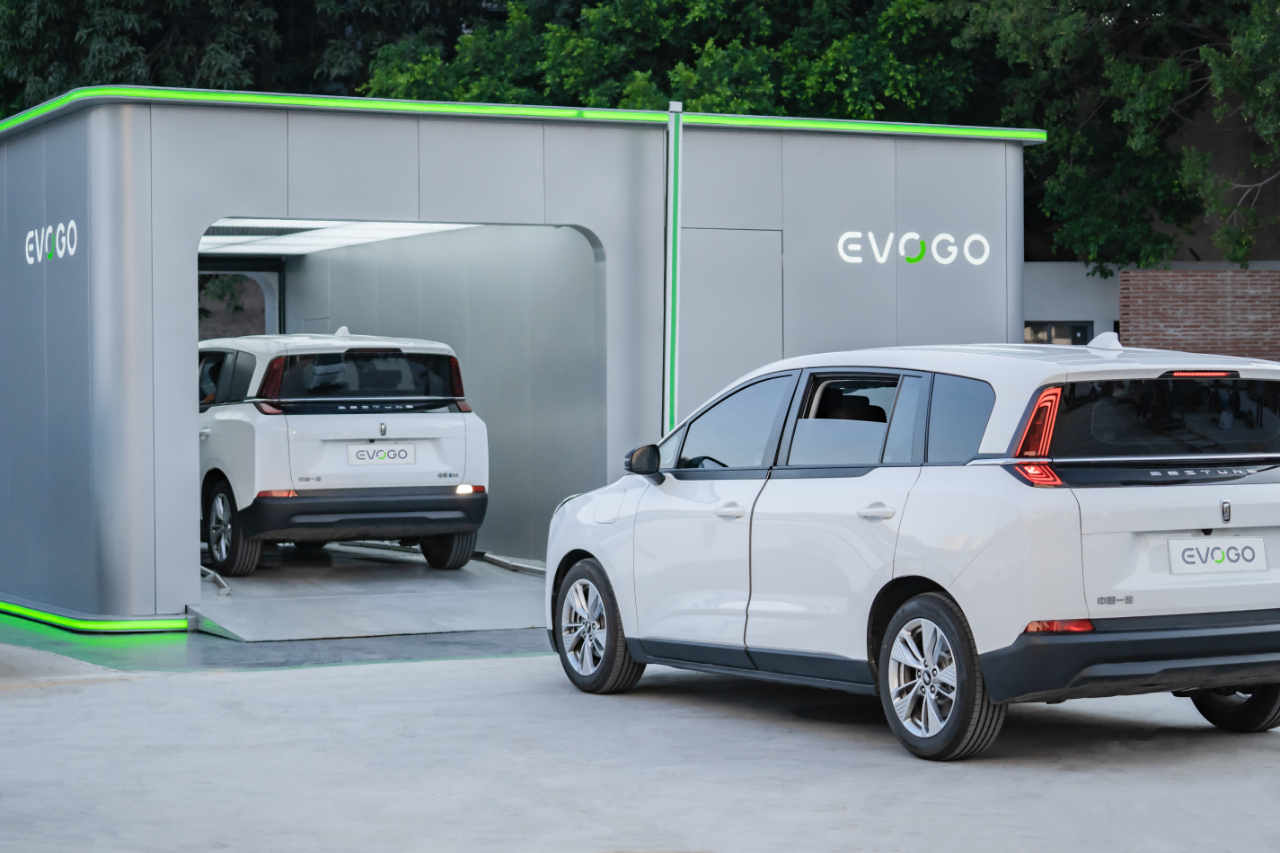
The battery swapping solution of CATL is essentially to solve the cost-effectiveness problem.# How to Reduce Cost?
The measures are pattern cost-reduction, technology cost-reduction, and scale cost-reduction.
First is pattern cost-reduction.
With the battery swap system, vehicle procurement avoids the largest cost item– the power battery. As a result, the price of electric vehicles can be lower than that of gasoline vehicles. In terms of use, the advantage of the hybrid power system continues to exist. With the cost of battery leasing factored in, the relative operating cost is also lower.
The battery leasing cost includes financial costs. How is it possible to be more cost-effective than when consumers buy the battery themselves?
Fundamentally, CATL has squeezed more value out of the power battery. On the one hand, since battery costs are high, the battery must be used for as long as possible before the value can be realized. CATL has thus researched and developed long-life batteries for use in battery-swapping EV models. On the other hand, the battery is charged in the battery-swapping station of CATL in a stable and controllable range and the battery is often balanced, which is more beneficial to the battery’s lifespan than when consumers fast charge their batteries.
By making the power battery have a longer lifespan and sharing this part of the value with consumers, the battery-swapping mode has achieved scale cost-reduction. Whereas, the separation of the vehicle and battery does not create value.
Secondly, CATL can adopt technological innovation to reduce costs.
Currently, the bottom line of the power battery’s cost is the cost of raw materials. The prices of several key materials, including cobalt, nickel, and lithium, are all high. However, batteries can also be made from other materials with slightly lower energy density.
However, the battery’s consumers need is cruising range, that is, the amount of electricity, and they do not care what materials are used.
CATL can continuously innovate the material system to achieve technological cost-reduction.
Currently, CATL’s chocolate battery swap block uses a nickel-cobalt-manganese ternary lithium battery. After the product has matured, CATL will also introduce a lithium iron phosphate battery swap module, a new product M3P (CATL’s ternary lithium in the phosphate system) swap module, a ternary and lithium iron phosphate mixed-up swap module, and even a sodium and lithium-ion mixed-up swap module.
After switching the material system, the energy density of a single cell will decrease. However, CATL used CTP and other technologies to improve group efficiency. As a result, the battery pack can also achieve a system energy density of 160wh/kg or close to it.
Ensuring the energy density of the battery pack can ensure the amount of electricity, which in turn ensures cruising range.
These different material systems can help CATL further reduce the cost of batteries and even make them more affordable to end-consumers by reducing rental fees. At this stage, the drastic fluctuations in raw material prices are difficult to pass on to end-consumers, which is advantageous for further enhancing the competitiveness of new energy vehicles.
Third is scale cost-reduction.
CATL has cooperation with domestic and foreign mainstream automakers, which can overcome the barriers between automakers and models and use one battery to serve different car models. By scaling, CATL can further reduce the cost of batteries.Based on the certificate data, in 2020, China produced a total of 942,000 pure electric passenger vehicles, of which 344,000 were equipped with NIO’s pure electric passenger vehicles, accounting for 36.6% of the market share.
Based on the 340,000 vehicles equipped with NIO’s battery swapping module in 2020, half of the vehicle models adopted this technology, reaching 170,000 units.
However, at that time, there were only 940,000 pure electric passenger vehicles in China, and NIO’s market share was less than 50%. According to the 2021 terminal sales data, the number of pure electric passenger vehicles in China reached 2.38 million, and NIO’s market share has exceeded half.
Assuming NIO’s market share is still 40%, the number of pure electric passenger vehicles equipped with NIO’s technology would be 950,000. If 1/3 of them switch to the battery swapping module, the number will reach over 300,000.
As the new energy vehicle market continues to grow, the promotion of battery swapping technology will help to unify battery specifications and achieve significant cost reduction, which is still being actively pursued and is expected to further improve. Only in this way can the problem of replacing fuel vehicles in the 80,000-120,000 yuan range be truly solved.
The Possibility of Battery Swapping for Consumers
From the perspective of operational costs, battery swapping is cost-effective for ride-hailing companies, and NIO can continue to reduce costs. But what about ordinary consumers?
The terminal sales data in 2021 shows that private consumers’ acceptance of electric vehicles has significantly increased, and the proportion of operational vehicles is already very small. Especially in the A00-level and high-end vehicle markets, pure electric vehicles have performed very well.
However, the penetration rate of pure electric A-level passenger cars is still low. According to terminal sales data in March 2021, the penetration rate of pure electric vehicles among A-level vehicles was only 18.7%.
The reason for the difficulty in replacing this demand is that this stage corresponds to the car needs of mainstream families. In other words, A-level cars need to meet the needs of all scenarios, and private charging is not feasible for ordinary families due to living conditions, making electric vehicles difficult to replace in this market range.
NIO mentioned in an investor survey that the 80,000-120,000 yuan range of fuel vehicles is the price range for A-level cars.
So how big is this market? According to terminal sales data, A-level car sales in March 2021 were 327,000 units, accounting for 23% of total sales. Looking at the whole year, it is nearly a quarter of the market scale and cannot be ignored.
The biggest advantage of NIO’s battery swapping technology for private consumers is that they can enjoy the driving experience of pure electric vehicles at a lower use cost than fuel vehicles with the same purchase cost.
In terms of purchase cost, since there is no battery cost, the purchase cost can be equal to that of fuel vehicles.In terms of cost, the maintenance cost plus the fuel cost of gasoline cars are higher.
The maintenance cost of pure electric cars is significantly lower than that of gasoline cars, and the price of electricity is also significantly lower than that of fuel. Even with the addition of a certain battery rental cost, it can still ensure much lower usage cost than gasoline cars.
Another advantage of NIO’s battery swapping system is its flexibility. For general family commuting, using a battery that costs only 1 RMB and 26.5 cents for exchange is sufficient, and only the rental cost of one battery plus the exchange fee need to be paid.
Even occasional long-distance trips are not a problem. Consumers can choose to rent more batteries according to their needs for a certain number of days, achieving the most convenient usage effect with the lowest burden.
With the development of battery swapping stations, NIO’s battery swapping model has almost eliminated the objective obstacles for mainstream families to buy pure electric A-class cars.
The “rechargeable and replaceable” model is more user-friendly for families with charging piles. They only need to pay the rental cost of the battery and enjoy the household electricity price, which further reduces the usage cost.
NIO’s battery swapping solution achieves a win-win situation for car companies, battery companies and consumers. It not only helps NIO to expand its business from battery production to electric vehicle services, but also broadens the customer base from car companies to consumers, creating vast future opportunities. It also helps to accelerate the replacement of fossil fuel cars with new energy vehicles, assisting in the achievement of the transportation industry’s dual-carbon goal.
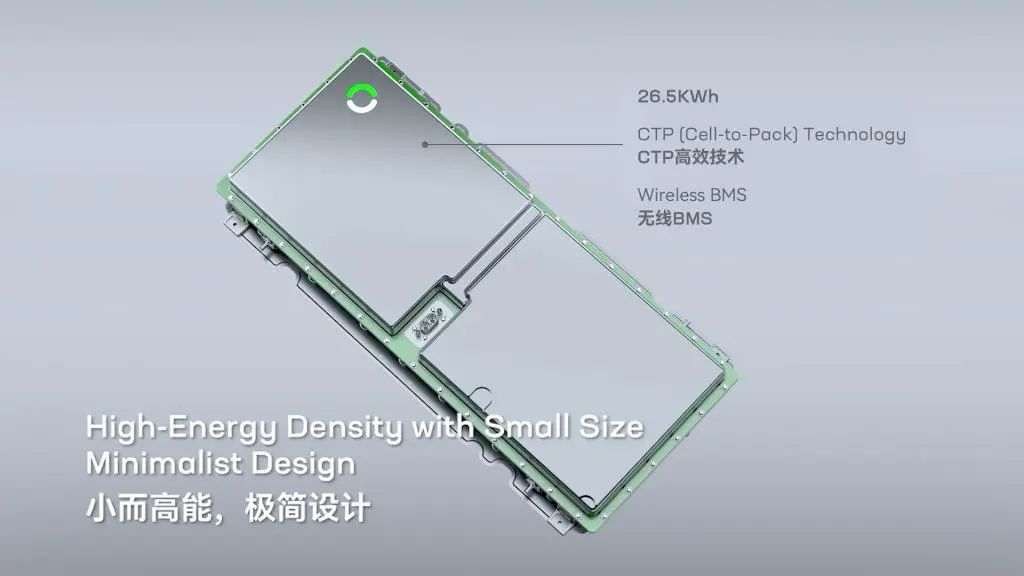
This article is a translation by ChatGPT of a Chinese report from 42HOW. If you have any questions about it, please email bd@42how.com.
